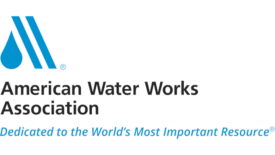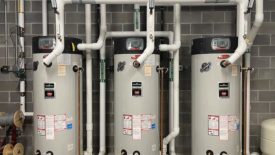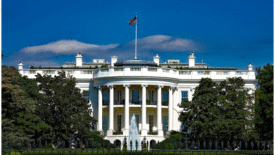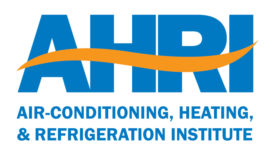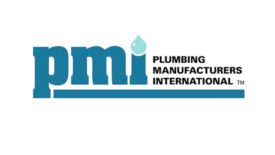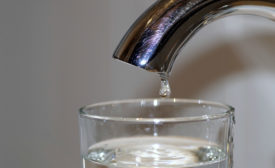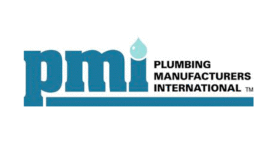Home » Keywords: » legislation
Items Tagged with 'legislation'
ARTICLES
Commercial water heating market moves toward electrification
Manufacturers talk trends and design considerations for commercial water heating.
July 11, 2023
Nicole Krawcke: Decarbonization — for better or worse?
Congress passes historic climate change legislation.
September 12, 2022
ASA joins appeal on DOE rule to change showerhead water-flow limit
New standard would allow 2.5 gpm on each showerhead nozzle.
February 22, 2021
EVENTS
Sponsored Webinar
10/5/23 to 10/5/24
Contact: Ian
Geothermal Economics: Understanding and Leveraging the Inflation Reduction Act
Keep the info flowing with our eNewsletters!
Get the latest industry updates tailored your way.
JOIN TODAY!Copyright ©2024. All Rights Reserved BNP Media.
Design, CMS, Hosting & Web Development :: ePublishing
